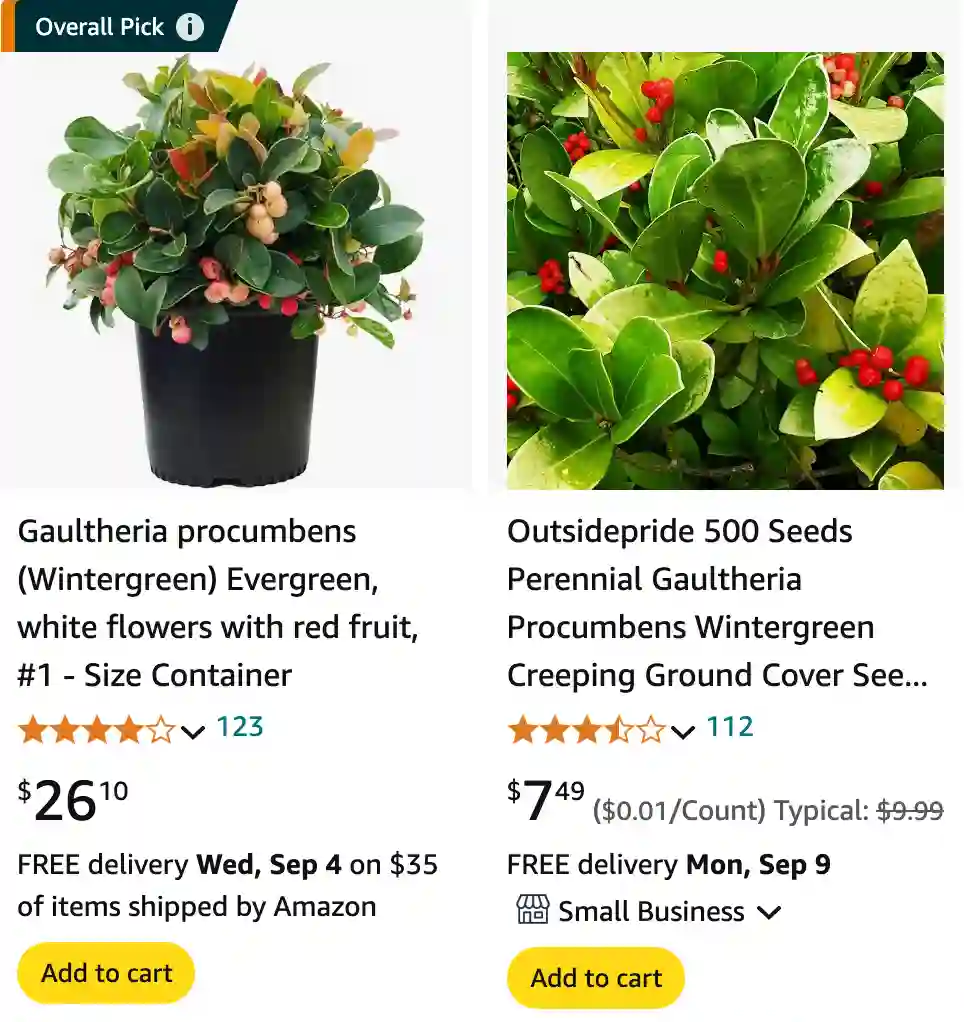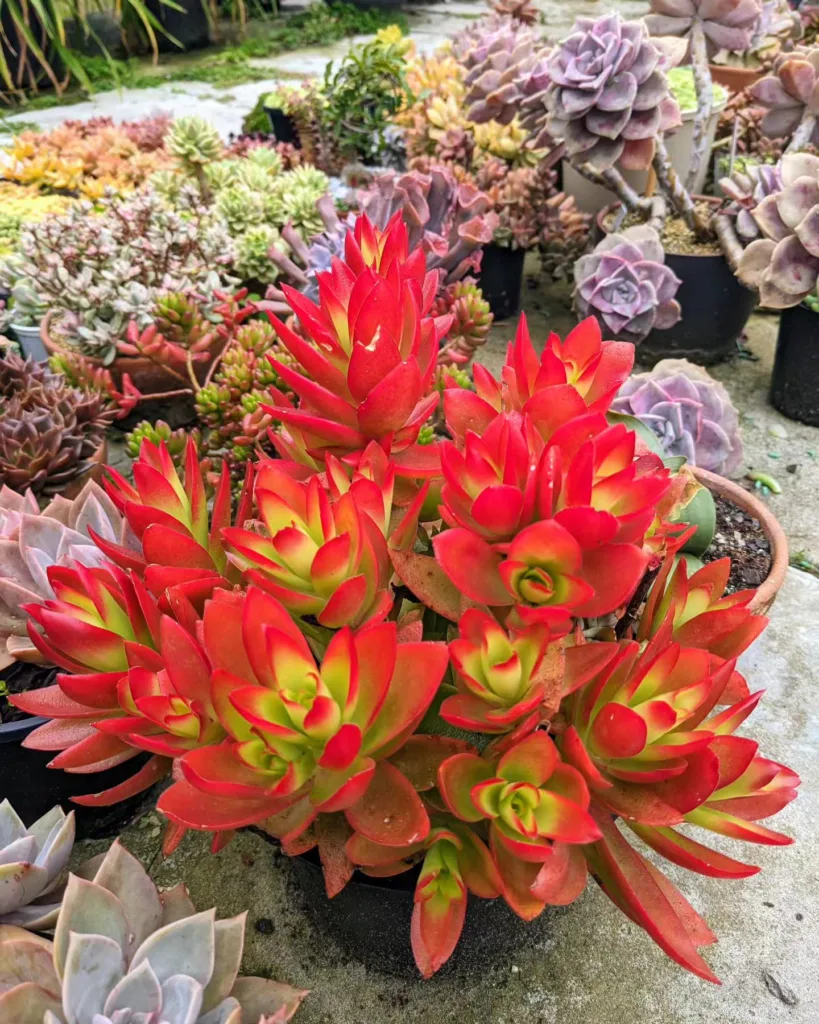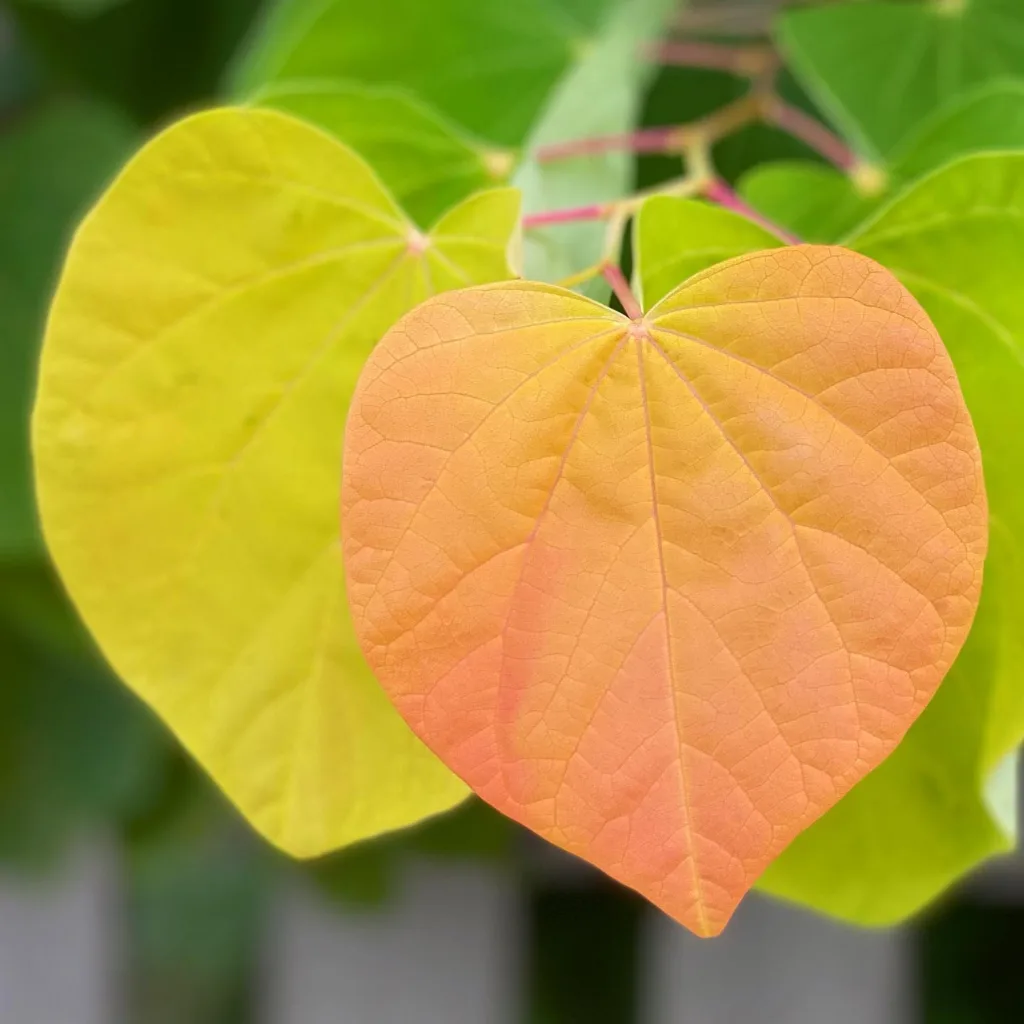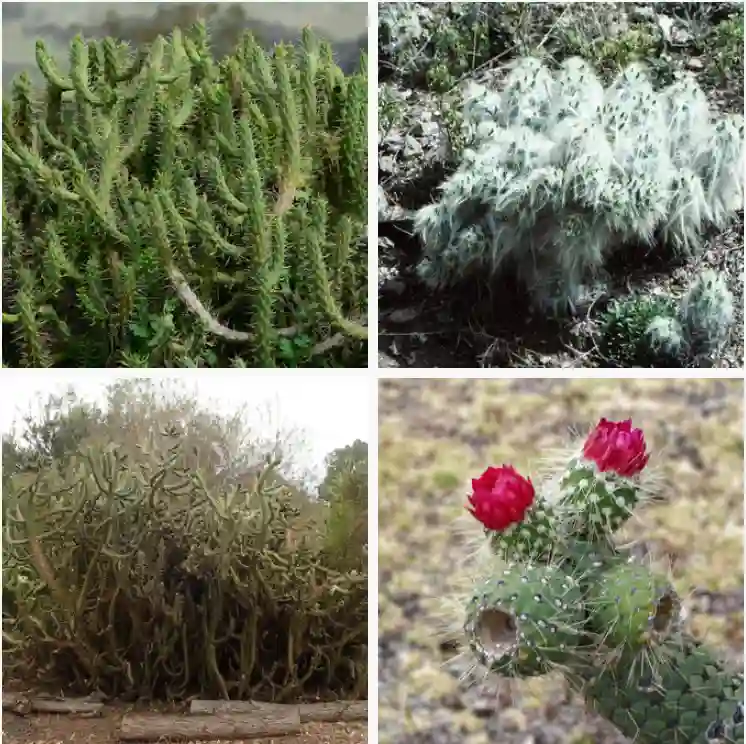
What Is Gaultheria Procumbens?
Gaultheria Procumbens, commonly known as Wintergreen, is a small evergreen shrub native to North America. It’s renowned for its glossy green leaves and vibrant red berries that persist through the winter. The plant grows low to the ground, forming dense mats that make it an attractive choice for ground cover in shaded or woodland gardens. Besides its ornamental appeal, Gaultheria Procumbens has historical uses in herbal medicine, particularly for its soothing properties.
295 Species in Genus Gaultheria
Is Gaultheria Procumbens Edible?
Gaultheria Procumbens produces small, red berries that are technically edible, but they’re not particularly palatable. The berries have a tart flavor that some might find unappealing. Additionally, the primary use of the plant in traditional herbal medicine is not for consumption but for its oil, which has a pleasant wintergreen scent. While you can eat the berries, they are not a common fruit in culinary practices.
Are Gaultheria Procumbens Berries Edible?
Yes, the berries of Gaultheria Procumbens are edible. However, they are not typically consumed due to their tartness and lack of flavor. The berries contain high levels of methyl salicylate, a compound also found in aspirin, which might give them a medicinal taste rather than a fruity one. If you decide to try them, do so in moderation.
Is Gaultheria Procumbens Poisonous to Dogs?
Gaultheria Procumbens is not considered highly toxic to dogs, but ingestion of large quantities could cause mild gastrointestinal upset. The methyl salicylate in the berries might cause issues if consumed in large amounts, but this is generally rare. If your dog has eaten a significant amount of the plant, it’s wise to consult your veterinarian.
Is Gaultheria Procumbens Poisonous to Cats?
Similarly, Gaultheria Procumbens is not highly toxic to cats, but the berries could cause digestive problems if ingested in large quantities. The risk is relatively low, but it’s always a good idea to monitor your pets and contact a veterinarian if you suspect they’ve consumed a large amount of the plant.
How to Care for Gaultheria Procumbens
Caring for Gaultheria Procumbens is relatively straightforward. Here are a few tips:
- Light: Gaultheria Procumbens thrives in partial to full shade. It’s well-suited to woodland gardens where it can receive dappled sunlight.
- Soil: It prefers acidic, well-drained soil. Adding organic matter like compost can improve soil quality.
- Watering: Keep the soil consistently moist but not waterlogged. This plant is somewhat drought-tolerant once established.
- Pruning: Minimal pruning is needed. Remove any dead or diseased branches to maintain plant health.
- Mulching: A layer of mulch can help retain soil moisture and keep the roots cool.
Can You Plant Gaultheria Procumbens Outside?
Absolutely! Gaultheria Procumbens is an excellent choice for outdoor planting, particularly in shaded or woodland areas. It forms a low-growing ground cover that is both decorative and practical. Ensure you plant it in acidic, well-drained soil and provide it with the shade it prefers.
Do Gaultheria Procumbens Have Seeds?
Yes, Gaultheria Procumbens produces seeds within its berries. However, the seeds are not commonly used for propagation, as the plant is more often propagated through cuttings or divisions. The berries do contain seeds, but they are not the primary method for growing new plants.
Is Gaultheria Procumbens Deer Resistant?
Gaultheria Procumbens is generally considered deer resistant. The plant’s strong wintergreen scent and taste make it unappealing to deer, which tend to avoid it. This makes it a good choice for gardens where deer are a problem.
Will Preen Hurt Gaultheria Procumbens?
Preen is a pre-emergent herbicide designed to prevent weed seeds from germinating. It should not harm established Gaultheria Procumbens plants, but it’s always best to apply such products carefully and follow the manufacturer’s instructions. Avoid applying Preen directly to the plant, as excessive herbicide exposure could potentially impact plant health.
How to Propagate Gaultheria Procumbens
Propagating Gaultheria Procumbens is typically done through stem cuttings or by dividing established plants. Here’s a quick guide:
- Cuttings: Take cuttings from healthy, non-flowering stems. Dip the cut ends in rooting hormone and plant them in a moist, acidic potting mix. Keep the cuttings in a shaded area until they establish roots.
- Division: Divide established plants in early spring or fall. Each division should have a healthy root system and be replanted promptly.
Can You Grow Gaultheria Procumbens Indoors?
Gaultheria Procumbens can be grown indoors if provided with the right conditions. It needs bright, indirect light and a cool environment. Ensure it is planted in acidic soil and maintained at a consistent moisture level. While it can adapt to indoor conditions, it might not be as vigorous as it would be outdoors.
Common Problems with Gaultheria Procumbens
Gaultheria Procumbens is generally a hardy plant, but it can face a few issues:
- Root Rot: Overwatering or poorly-drained soil can lead to root rot. Ensure proper drainage and avoid waterlogging.
- Pests: Occasionally, pests like spider mites or scale insects might affect the plant. Regular inspection and appropriate treatments can manage these problems.
- Fungal Diseases: In humid conditions, fungal diseases may occur. Proper air circulation and avoiding overhead watering can help prevent these issues.
Compare Gaultheria Procumbens with Similar Plants
Gaultheria Procumbens is often compared to other ground covers like Pachysandra Terminalis and Vinca Minor. While all three are shade-loving, Gaultheria Procumbens has the added appeal of its berries and wintergreen fragrance. It differs from Pachysandra Terminalis in that it produces berries and from Vinca Minor by its distinct wintergreen scent.
By addressing these FAQs, I hope you now have a clearer understanding of Gaultheria Procumbens and how to care for this charming plant. Whether you’re looking to add it to your garden or considering growing it indoors, it offers unique benefits and requires relatively simple care.
If i die, water my plants!



